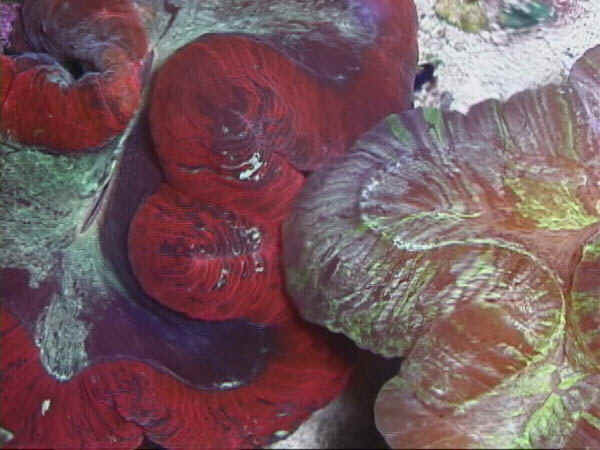I think this is what I have been missing, what is the HO- doing that adds alkalinity if "alkalinity" is some form of carbonate... I found the question poised much better than I've attempted. The whole time I've mistaken the Hydrogen in carbonic acid as coming from another source when its really just the water from the tank dissolving the CO2; like H2(CO2)O -> which then falls apart into (H+) + HCO3- at a given pH, and THAT (H+) is whats tied up with the HO-.... add another HO- and the HCO3- -> CO3 + H2O at a higher pH.There's no issue with dosing hydroxide and lack of carbonate/bicarbonate unless you drive the pH too high (higher than you'd go).
This is a cut and paste from my limewater/kalkwasser article which has the same "concern":
...and the hydroxide ions supply alkalinity. Hydroxide itself provides alkalinity (both by definition and as measured with an alkalinity test), but corals consume alkalinity as bicarbonate, not hydroxide. Fortunately, when hydroxide is used in a reef aquarium, it quickly combines with atmospheric and dissolved carbon dioxide and bicarbonate to form bicarbonate and carbonate:
4. OH- + CO2 ---> HCO3-
5. OH- + HCO3- ---> CO3-- + H2O
In an aquarium with an acceptable pH, there is no concern that the alkalinity provided by hydroxide is any different from any other carbonate alkalinity supplement. The hydroxide immediately disappears into the bicarbonate/carbonate system. In other words, the amount of hydroxide present in aquarium water is really a function of only pH (regardless of what has been added), and at any pH below 9, it is an insignificant factor in alkalinity tests (much less than 0.1 meq/L). Consequently, the fact that alkalinity is initially supplied as hydroxide is not to be viewed as problematic, except as it impacts pH.
did I mention I was BAD at stoichiometry?
Its also the equilibrium with the atmosphere I'm still a little fuzzy on, specifically how this contributes to the carbonate system in general. What's confusing me there is I've read (misread?) about hydroxide dosing allowing for the uptake of CO2, but I guess that makes sense now because the tank it out of equilibrium, but the concentration is already "determined" by the pH and what was dosed. does that all sorta add up better?
Last edited:















